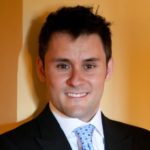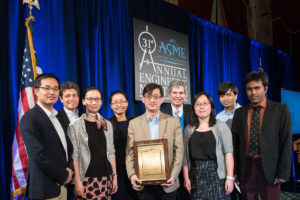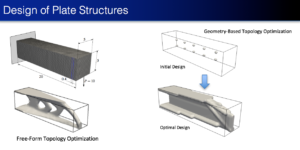Friday, February 17 • 2:30 PM – BPB, Rm. 130
Towards cognitive design assistants and mixed-initiative design of complex systems

Daniel Selva, Assistant Professor
Sibley School of Mechanical and Aerospace Engineering
Cornell University, Ithaca, New York 14853
Abstract: Much research in engineering design has focused on making design tools more intelligent by means of optimization, machine learning, and artificial intelligence. The Holy Grail has been to one day be able to do automatic design of complex systems such as spacecraft. This line of research essentially casts design tools as intelligent agents. We thus identify an opportunity to turn into the Intelligent Systems and Human-Agent Interaction fields to get insights about what proved effective in other application areas. Traditionally, the intelligent systems field emphasized fully automated and autonomous agents to tackle complex but structured tasks in well-characterized environments. Increasingly, however, a significant portion of the research has shifted towards human-machine collaboration in order to solve more unstructured tasks in unpredictable environments. This emphasis on mixed teams raises new challenges and questions, such as how to give design agents self-explaining abilities, explore new roles for humans and machines in these collaborations, and facilitate knowledge discovery.
In this talk, I will focus on how to discover and leverage knowledge in mixed-initiative design. First, I will show how the effectiveness of design space exploration algorithms can be improved by using adaptive operator selection algorithms that use domain-independent operators in combination with heuristics encoding expert knowledge. Then, I will show how visual and data analytics can be used to foster discovery and generalization of patterns that appear consistently in good designs. Finally, I will share my thoughts on what I think lies ahead in the exciting new field of design.
Biographical Sketch: Daniel Selva received a PhD in Space Systems from MIT in 2012, and he is an Assistant Professor at the Sibley School of Mechanical and Aerospace Engineering at Cornell University and in the Systems program, where he directs the Systems Engineering, Architecture, and Knowledge (SEAK) Lab. His research interests focus on the application of knowledge engineering, global optimization and machine learning techniques to systems engineering, design, and architecture, with a strong focus on space systems. Prior to MIT, Daniel worked for four years in Kourou (French Guiana) as an avionics specialist within the Ariane 5 Launch team. Daniel has a dual background in electrical engineering and aeronautical engineering, with degrees from Universitat Politecnica de Catalunya in Barcelona, Spain, and Supaero in Toulouse, France. He is also a Faculty Fellow at the Mario Einaudi Center for International Studies, and a member of the AIAA Intelligent Systems Technical Committee.
For additional information, please contact Prof. Ying Li at (860) 486-7110, yingli@engr.uconn.edu or
Laurie Hockla at (860) 486-2189, hockla@engr.uconn.edu
 Stephany Santos Wins Ford Fellowship.Stephany Santos, a doctoral candidate in the imLab, and advised by Prof. David Pierce, recently won a prestigious Ford Foundation Fellowship from the National Academies of Sciences, Engineering, and Medicine.
Stephany Santos Wins Ford Fellowship.Stephany Santos, a doctoral candidate in the imLab, and advised by Prof. David Pierce, recently won a prestigious Ford Foundation Fellowship from the National Academies of Sciences, Engineering, and Medicine.




